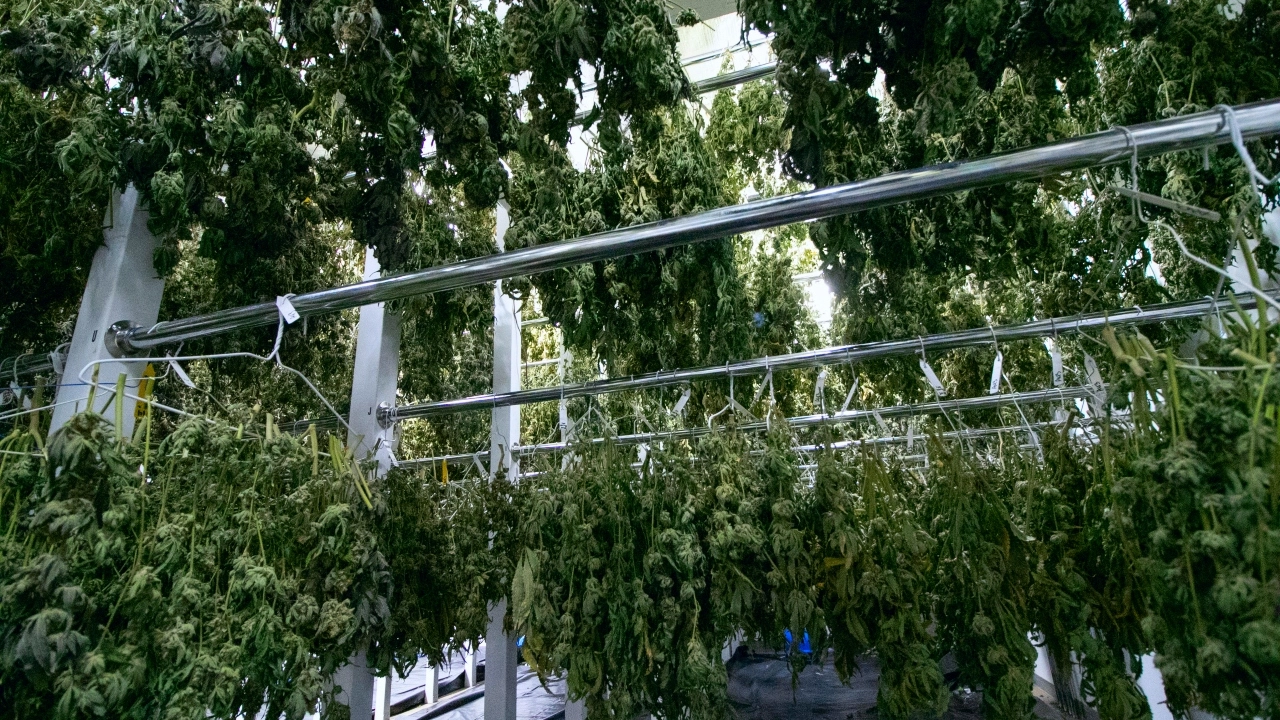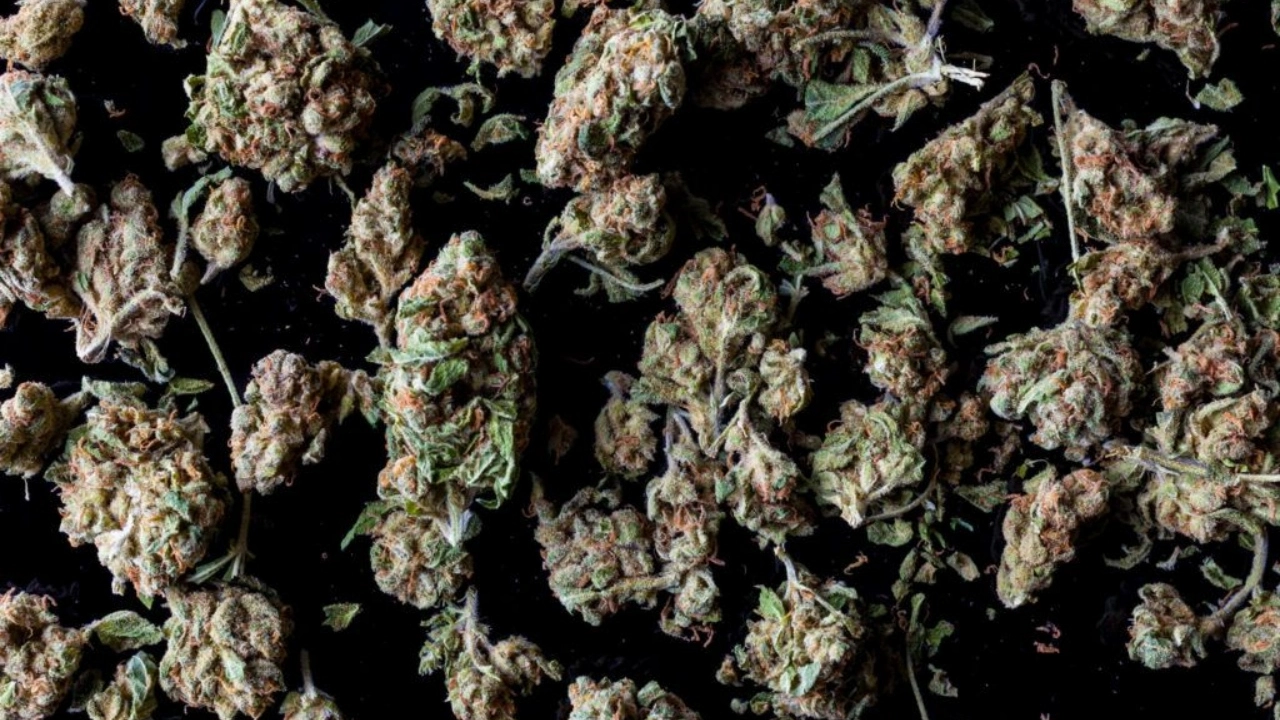Canadian operators destroyed millions of packages of unsold cannabis products and a record amount of unpackaged dried flower in 2022 and the first half of 2023, largely because of years of imbalance in supply and demand, MJBizDaily has learned.
According to data shared by Health Canada, the federal cannabis regulator, 611.7 million grams (1.3 million pounds) of unpackaged cannabis was destroyed by licensed producers in 2022, an increase of nearly 44% over the 425.3 million grams destroyed the previous year.
The data suggests that Canada’s regulated cannabis industry continued to seek supply-demand equilibrium after licensed operators produced substantially more marijuana than what consumers were willing to purchase.
In 2022, the amount of cannabis destroyed was equal to about 16% of total production, which was approximately 3.8 billion grams.
Only partial data was available for 2023.
In the first six months of 2023, another 265 million grams of marijuana were destroyed by license holders, according to the Health Canada data.
No data is available for the second half of 2023.
But if a similar amount was destroyed between July and December 2023, it could signal that the industry already has reached its peak supply-demand imbalance and started inching closer to equilibrium.
Canadian companies have destroyed a staggering amount of cannabis since 2018.
More than 1.7 billion grams (3.7 million pounds) of unsold, unpackaged dried flower have been destroyed since Canada became the first large country to legalize recreational cannabis sales.
That’s equivalent to the weight of approximately 1,252 Honda Civics.
In addition to unpackaged flower, approximately 24 million packages of cannabis were destroyed since 2018.
Health Canada discloses only the weight of destroyed unpackaged cannabis, meaning the overall amount of destroyed cannabis in Canada - including product already packaged - is likely more than 2 billion grams.
Farrell Miller, a cannabis industry veteran and consultant, said most of the destroyed product is old and low in THC content.
“There is no demand for old and low-THC products, so manufacturers of finished products are not buying this biomass as inputs,” she said.
“It’s likely low-quality material with no value,” Miller said of the destroyed cannabis.
“As consumers become more savvy with packaging dates on dried cannabis products, this trend will only continue.”
What happened
Too many licensed cultivators were mass-producing cannabis after Canada legalized adult-use cannabis sales, industry sources said.
In the heyday of cannabis stocks - from 2017 until around 2020 - analysts and investors largely valued marijuana producers based on how much product they said they would grow rather than how much they could sell.
That incentivized cannabis license holders to fund and build massive greenhouses that, for the most part, were not capable of producing the high-quality, high-potency marijuana that consumers wanted.
Marie Sweeney, cannabis team adviser for the Ontario-based Cannabis License Experts consultancy, also suggested that a wave of business closures contributes to marijuana destruction, since insolvent companies generally are required to destroy unsold product if it’s not liquidated before federal permits expire.
Since early 2022, at least 42 cannabis or cannabis-related companies have filed for Canada’s corporate insolvency law, the Companies’ Creditors Arrangement Act (CCAA).
Most of the cannabis in their warehouses ends up destroyed, but there are some exceptions.
Last year, the Canada Revenue Agency informed British Columbia-based Tantalus Labs that it would be visiting its facilities to destroy all of its cannabis inventory and stamps immediately after the company's excise license expired.
That meant Tantalus, which had filed a Notice of Intention to Make a Proposal under the Bankruptcy and Insolvency Act, couldn’t sell its inventory.
Tantalus challenged the decision and won, meaning it was able to sell the inventory instead of destroying it.
Other reasons Sweeney cited for destroyed Canadian cannabis included:
- Companies not having a sales team or business plan as well as their failure to pivot in an evolving market.
- Overproduction of bad or undesirable products.
- Labeling requirements have driven consumers toward high-THC products, leaving a surplus of quality, lower THC cannabis without a pathway to a market.
Sweeney said the potency issue was further exacerbated by some provincial wholesalers that don't accept products below 20%-25% THC, depending on the product category.
Equilibrium approaching?
The closure of large greenhouses across Canada in recent years has reduced cannabis production capacity.
How close is the Canadian cannabis industry to reaching a supply-demand equilibrium?
The latest Health Canada data shows that, as of June 2023, unpackaged inventory for cannabis license holders, provincial wholesalers and retailers amounted to almost 1.2 billion grams.
The current state of oversupply could be considerably higher when data from September, October and November - the season colloquially known as Croptober - is published.
Canada tracks cannabis cultivation monthly, and those months typically account for the highest amount of cultivation.
Miller, the industry veteran, believes the federal government should look for ways to coordinate public policy and regulatory activities with provincial regulators and cannabis license holders.
"There haven't been any limits placed on issuing licenses, and that is contributing to the oversupply," she said.
"If there was more of a national coordination effort, that would give the federal government more insight into what is actually making it onto the shelves in stores.
"Only the federal government licenses production - and the provincial and territorial governments manage retail - so a more coordinated approach within the industry, among the provincial and federal governments, would help manage the oversupply of licensed products."
Miller said that federal cultivation license holders need to meet minimum THC requirements to attract the attention of finished product manufacturers and retailers.
"Retailers and wholesale suppliers across the country have adapted to consumer demands by purchasing primarily high-THC products," she said.
"Licensed growers and manufacturers have accumulated trim and biomass that cannot be sold or created into high-impact products, (meaning it) is often destroyed.
"Improved oversight, data sharing and communication between the federal government and retailers across the country would help control the production of excess cannabis by balancing production with consumer demand."
Matt Lamers can be reached at matt.lamers@mjbizdaily.com.





